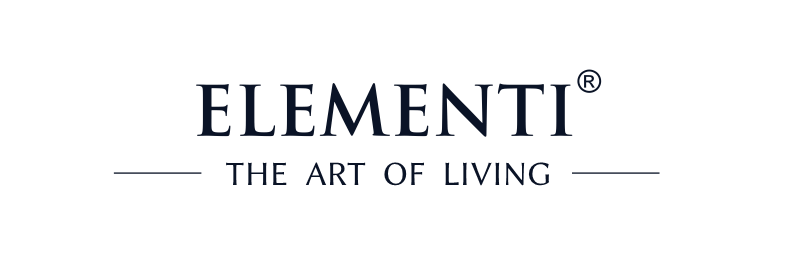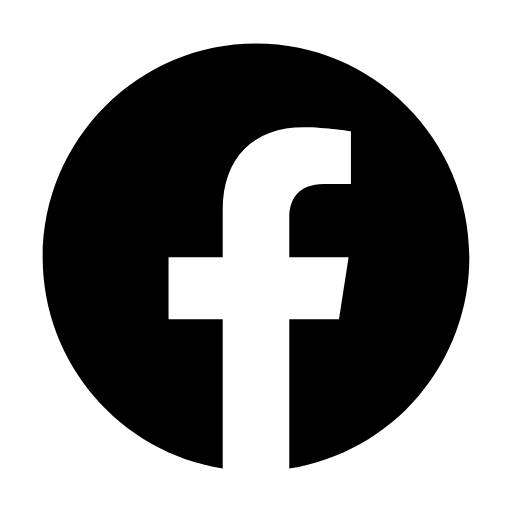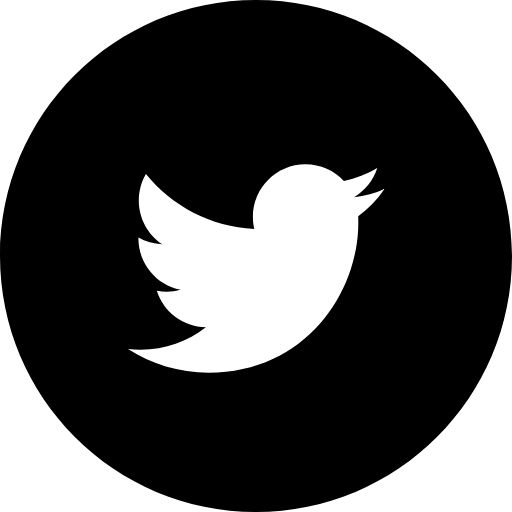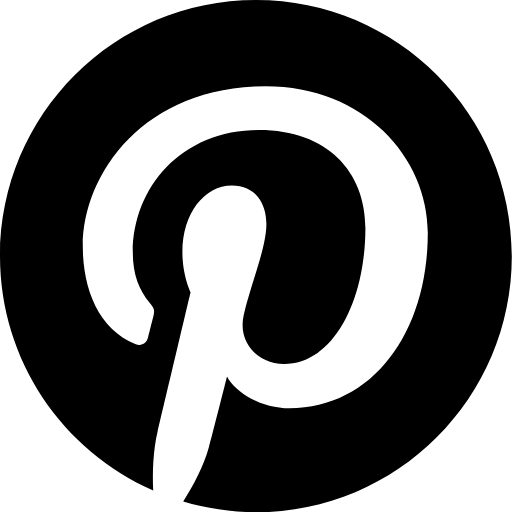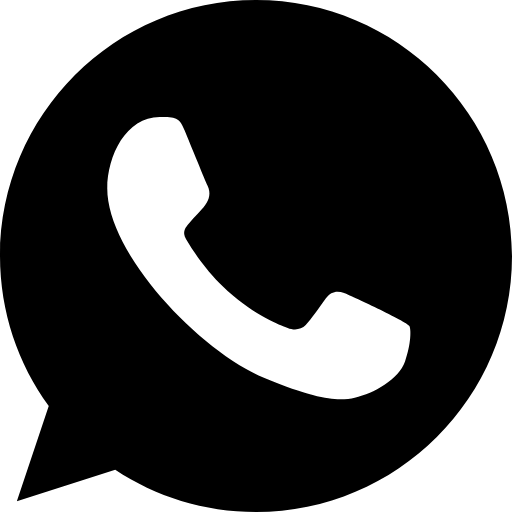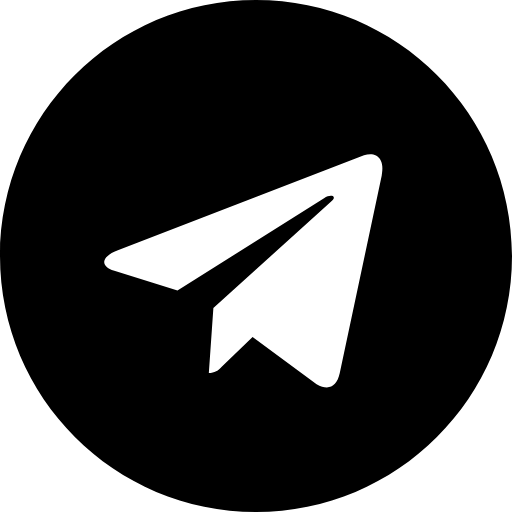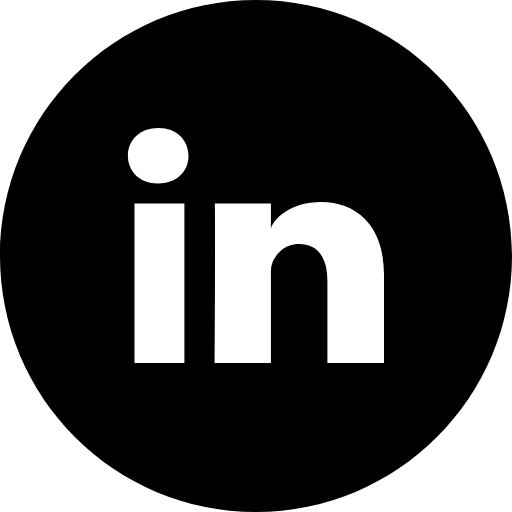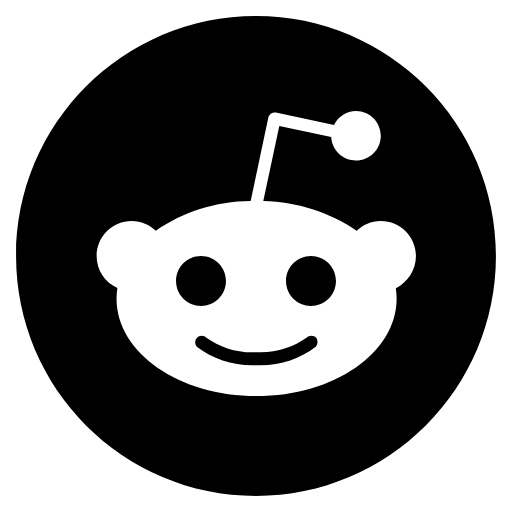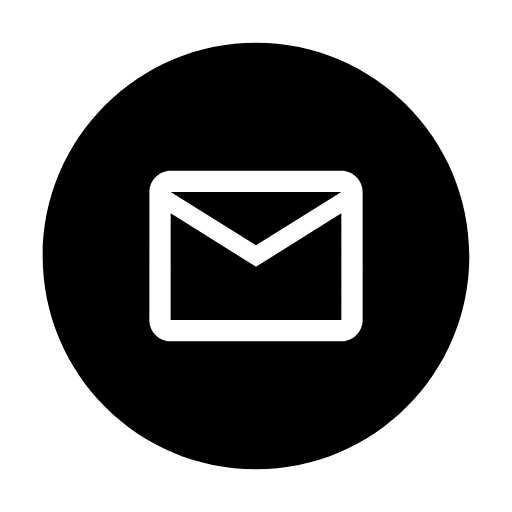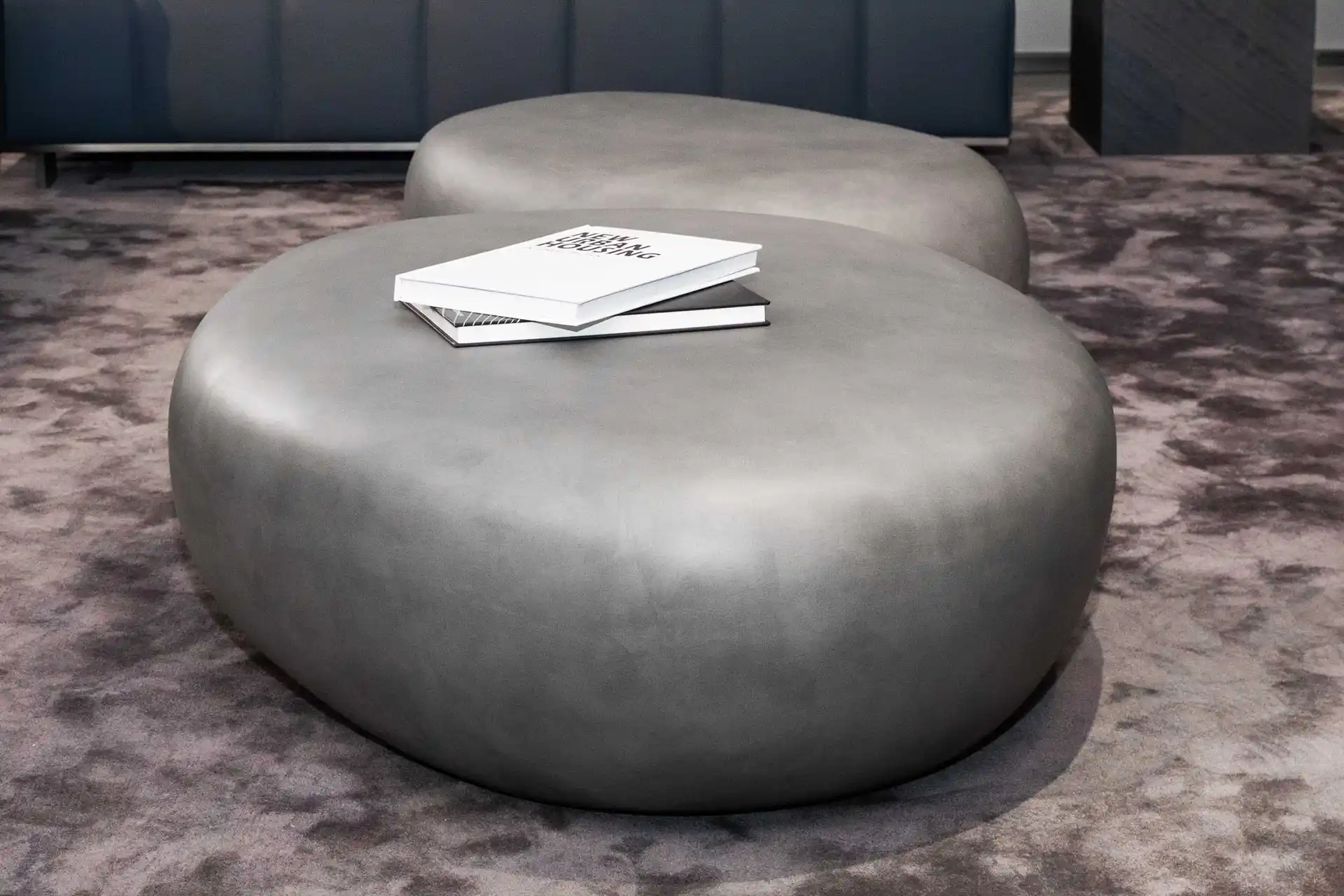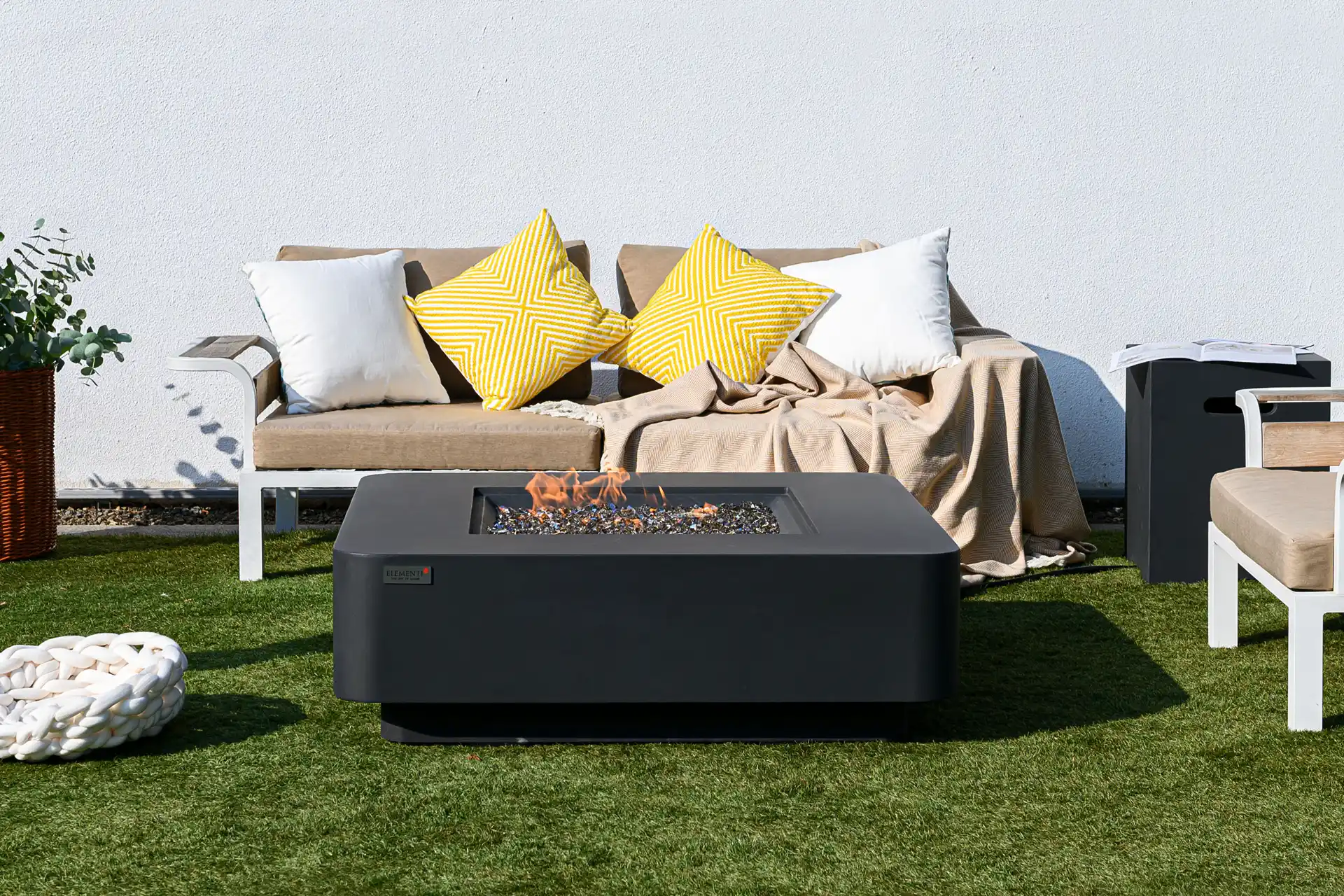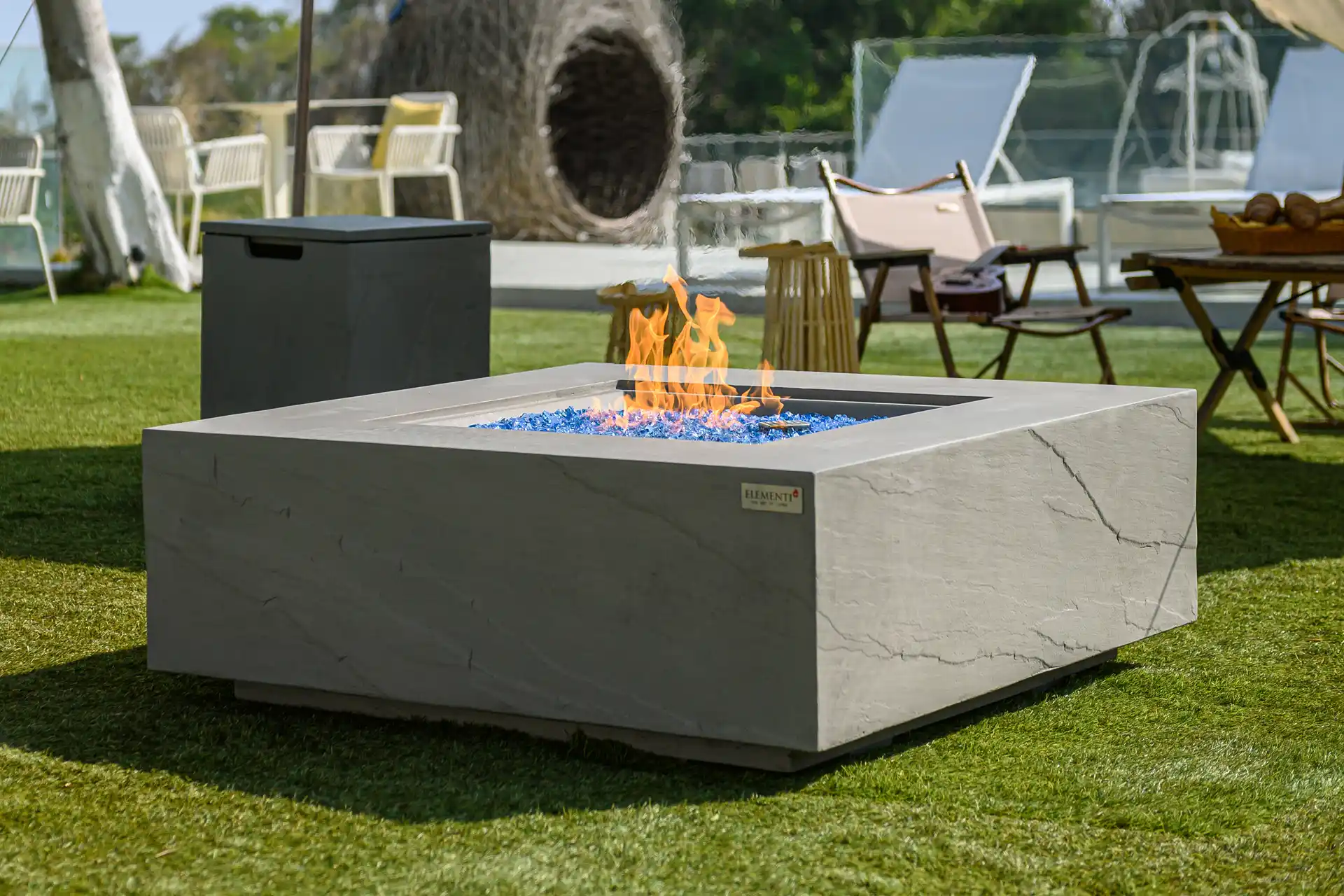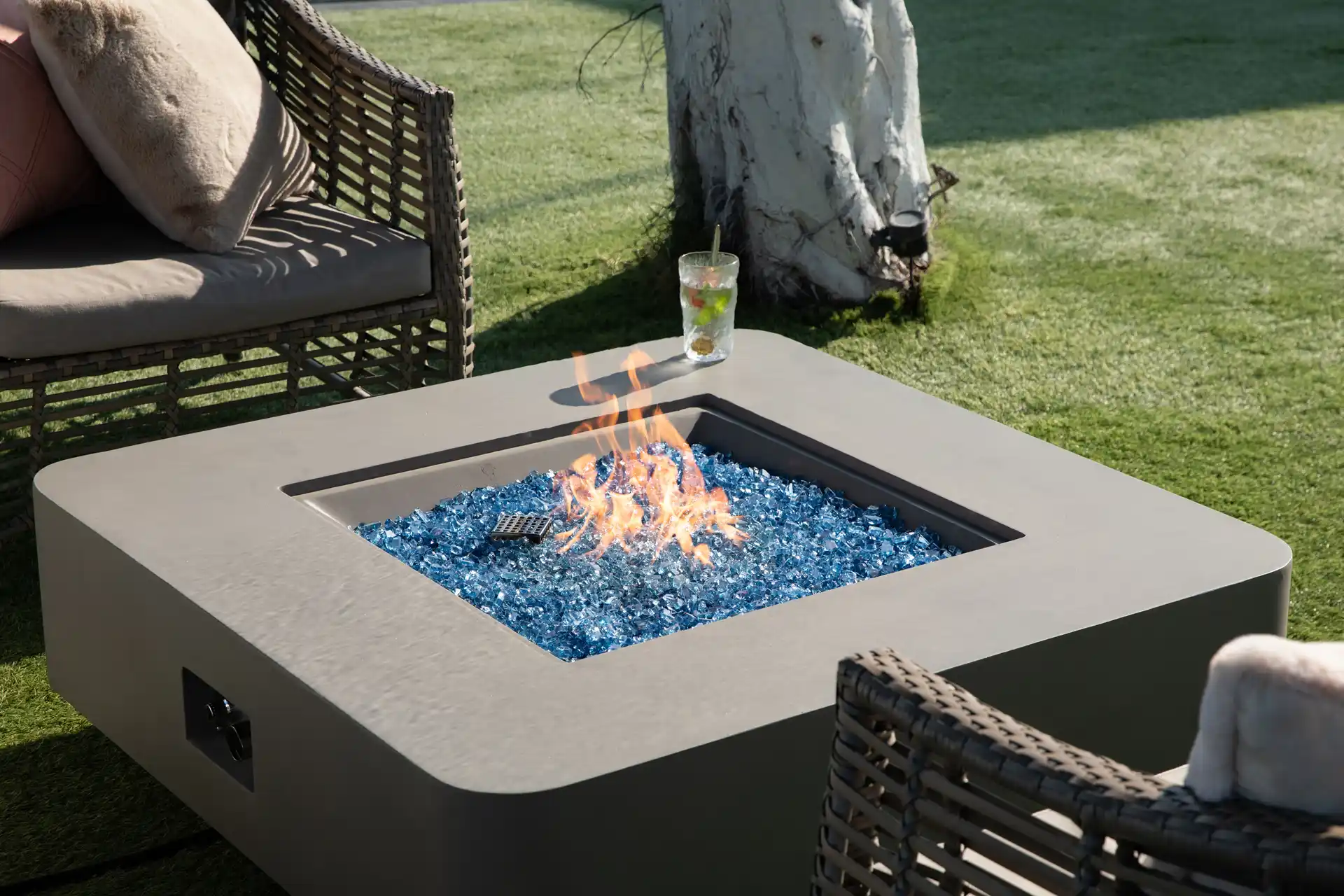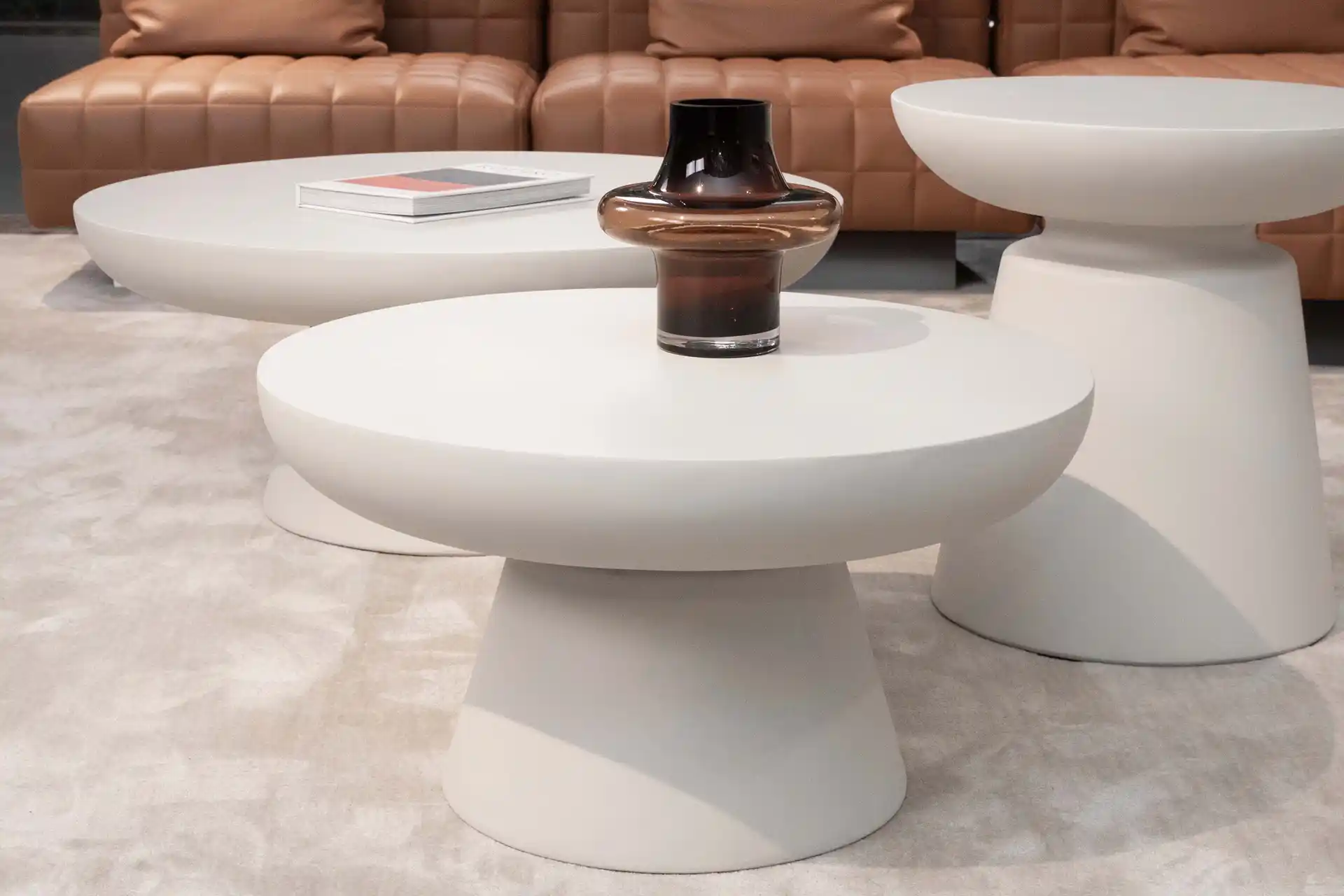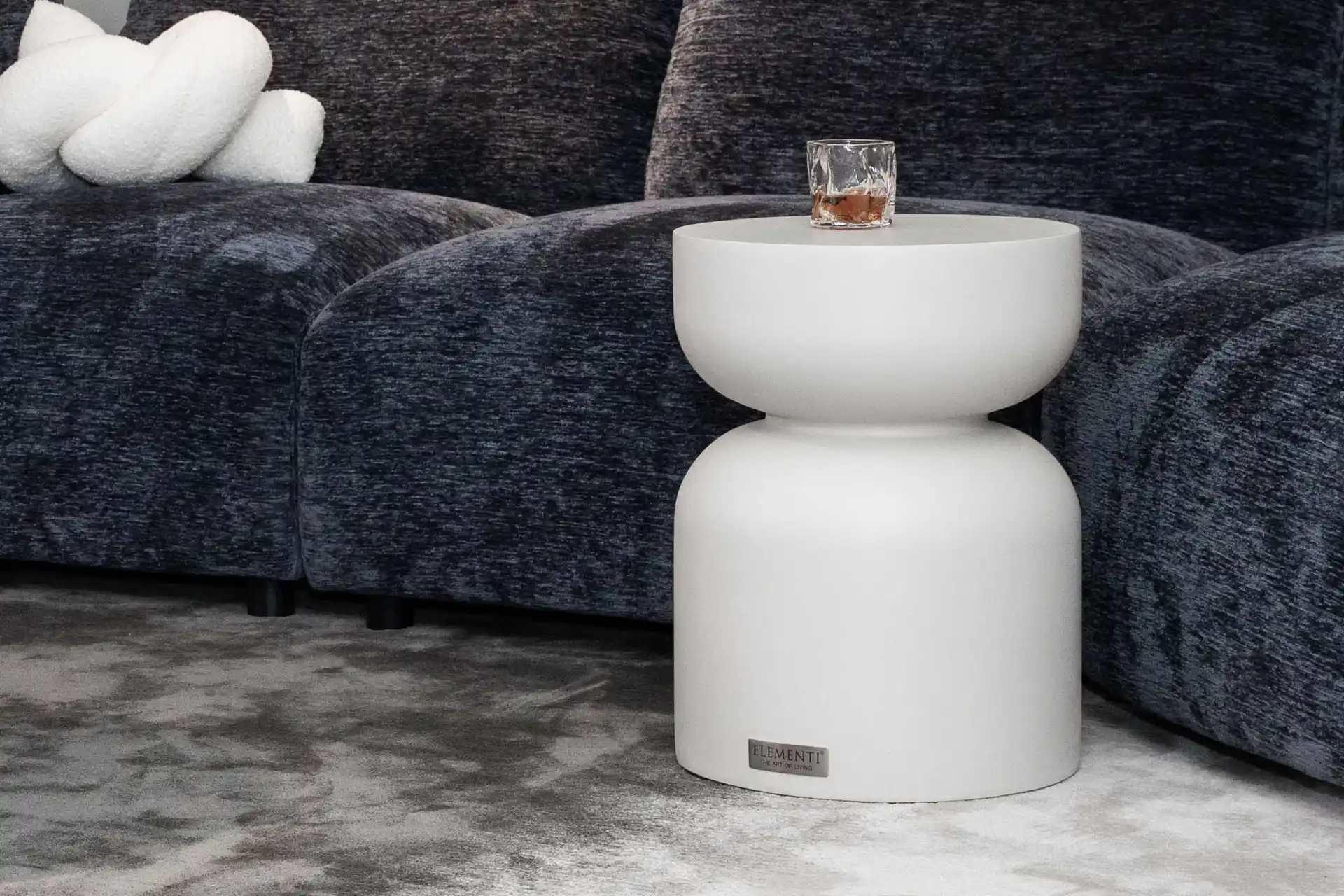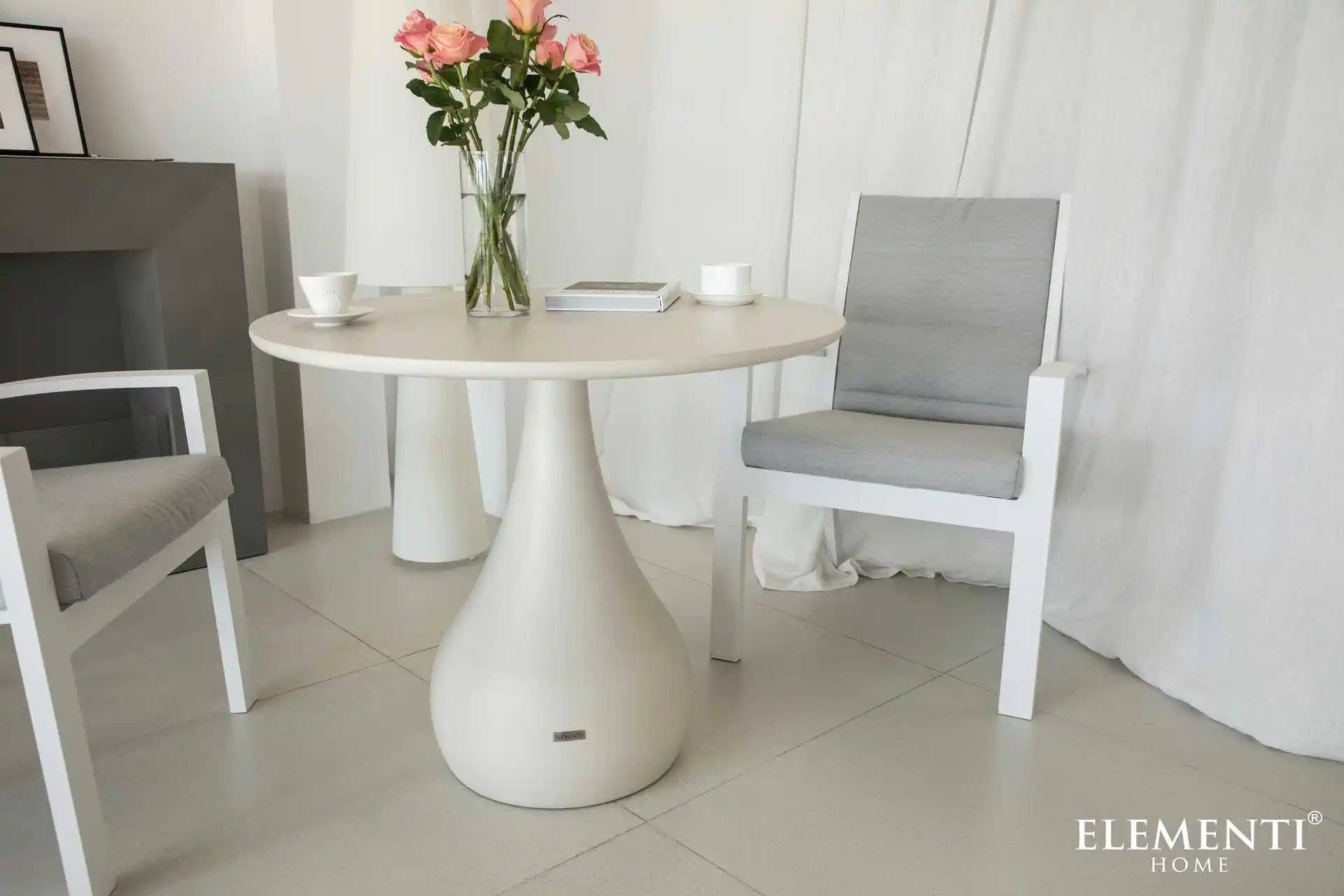Comparison between traditional Beton and modern variants: The advantages of GFRC
Beton has been one of mankind’s most important building materials for over a century. From high-rise buildings to bridges and roads, it can be found everywhere. However, with the growing demands for design, sustainability and functionality, the limits of traditional Beton are also becoming apparent. In recent years, numerous innovative variants have been developed – one of the most advanced being GFRC (Glass Fiber Reinforced Concrete). This article explains the properties of traditional Beton, presents modern alternatives and shows the unique advantages of GFRC.
1 Properties, advantages and disadvantages of traditional Beton
Traditional Beton consists of cement, water, sand and gravel. A chemical reaction hardens it into a stable material with high compressive strength. Its greatest strengths lie in its load-bearing capacity, cost-effectiveness and universal applicability, which is why it continues to play a central role in the construction industry.
1.1 Advantages of traditional Beton
- High compressive strength and load-bearing capacity;
- Cheap raw materials and low production costs;
- Proven technologies and many years of experience;
- Ideal for solid structures such as foundations, bridges and walls.
1.2 Disadvantages of traditional Beton
- High dead weight – difficult to transport and process;
- Low tensile and flexural strength – tends to crack;
- Limited freedom of form – difficult to realize complex designs;
- Rough surface – low decorative effect;
- High CO₂ emissions in cement production;
- Maintenance costs for long-term use (e.g. moisture, frost damage).
2 Modern types of concrete and their most important types
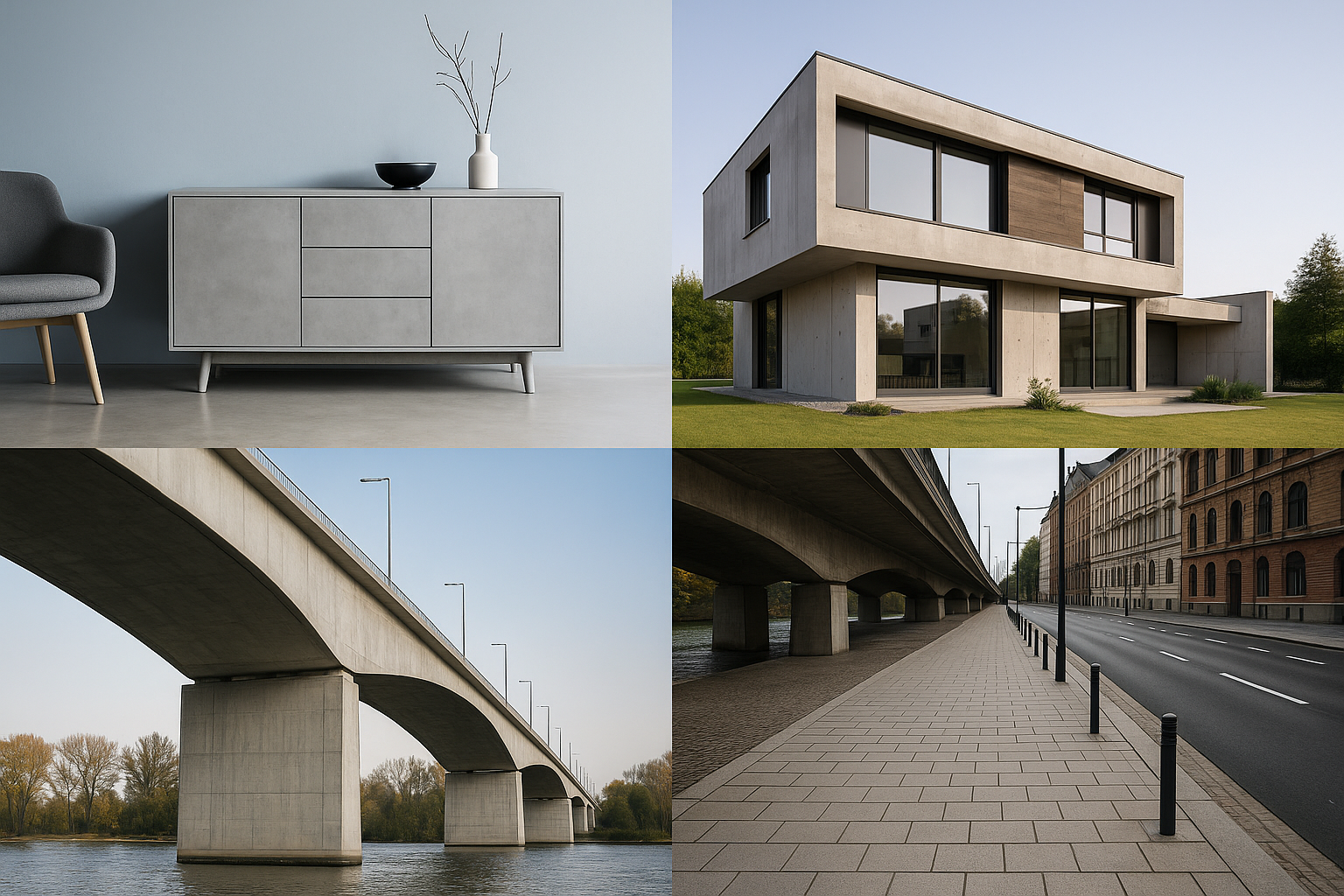
In order to overcome the weaknesses of classic concrete, various functional types of concrete have been developed in research and industry. These new materials are characterized by lower weight, greater durability and a better environmental balance. The most important modern types of concrete include
- Lightweight concrete: Use of porous aggregates such as expanded clay or perlite, lower density and better thermal insulation.
- Fiber Reinforced Concrete (FRC): With steel, plastic or glass fibers to improve tensile and flexural strength.
- High performance concrete (HPC): Optimized composition for higher strength and durability, e.g. in building construction or bridge construction.
- Ultra-high performance concrete (UHPC): Extremely dense Beton with exceptional compressive strength and durability.
- Self-healing Beton: Uses microorganisms or chemical binders to automatically repair cracks.
- GFRC (Glass Fiber Reinforced Beton): With alkali-resistant glass fibers that reduce weight and significantly increase tensile strength.
3 The most important features of GFRC
GFRC is a cement-based composite material that is reinforced with alkali-resistant glass fibers. These fibers are evenly distributed in the matrix and form a three-dimensional network that significantly improves both tensile and flexural strength. GFRC combines high stability with low weight and great freedom of form. It is used in architecture, design and increasingly for modern fireplaces and concrete furniture furniture.
3.1 Advantages of GFRC
- Low weight: Up to 75 % lighter than conventional Beton – easy transportation and installation;
- High tensile and flexural strength: glass fibers increase elasticity and prevent cracking;
- Great design freedom: Ideal for thin-walled, curved or filigree shapes;
- Aesthetic surfaces: Smooth, matt, polished or colored – versatile in design;
- Weather resistance: Resistant to UV radiation, frost and chemical influences;
- Sustainability: Longer service life, lower material consumption, recyclable;
- Easy care: Sealed surfaces are dirt-repellent and easy to clean.
3.2 Disadvantages of GFRC
- Complex manufacturing process with precise mixing and fiber distribution;
- Higher production costs than with classic Beton;
- Not suitable for solid, load-bearing main constructions.
4 GFRC compared to other types of concrete
| Criterion | Traditional concrete | Modern Beton (e.g. lightweight concrete, UHPC) | GFRC |
|---|---|---|---|
| Weight | Heavy | Medium | Light (-50-75 %) |
| Crack resistance | Low | Medium | Very high (due to glass fibers) |
| Freedom of form | Limited | Good | Excellent (thin-walled, flexible) |
| Surface aesthetics | Rough | Standard | Elegant, versatile |
| Weather resistance | Limited | Good | Excellent |
| Sustainability | Medium | Good | Very good (low consumption, long service life) |
5 GFRC in modern fireplaces
With modern fireplaces GFRC has completely replaced traditional Beton. Thanks to its light weight and high temperature resistance, the material is perfect for gas and ethanol fireplaces. It combines functionality with elegant aesthetics.
- Heat and frost resistance: GFRC can withstand large temperature fluctuations without cracking.
- Low weight: makes transportation and installation easier, even with large fireplaces.
- Weatherproof: Resistant to rain, UV radiation and snow – ideal for year-round outdoor use.
- Design variety: Enables natural stone looks or minimalist concrete surfaces.
- Durability: No flaking, no deformation – fireplaces retain their appearance for years.
6 GFRC in design and garden furniture
GFRC is also setting new standards in the furniture sector. Concrete furniture made of glass fiber reinforced concrete is robust, weatherproof and surprisingly light at the same time. They combine architectural clarity with everyday functionality.
- Lightweight and stable: ideal for coffee tables, dining tables, benches and side tables.
- Can be used indoors and outdoors: resistant to moisture and UV radiation thanks to sealing.
- Haptic quality: The smooth, cool surface conveys solidity and elegance.
- Sustainable design: Durable alternative to wood or metal – no maintenance, no corrosion.
- Aesthetics and function: Reduced design that complements and betons modern architecture.
7 GFRC is the next stage in the development of Beton
Traditional Beton offers impressive strength and economy, but is limited in terms of design freedom and sustainability. GFRC has developed Beton from a purely structural material into a versatile design material. It combines lightness, stability and aesthetics and meets the requirements of modern, sustainable construction. GFRC is the future-oriented choice for high-quality furniture, fireplaces and architectural applications – a material that combines durability and design in perfect balance.
You can find out more about the care, cleaning and other properties of GFRC here: GFRC Beton – Properties & Care.
